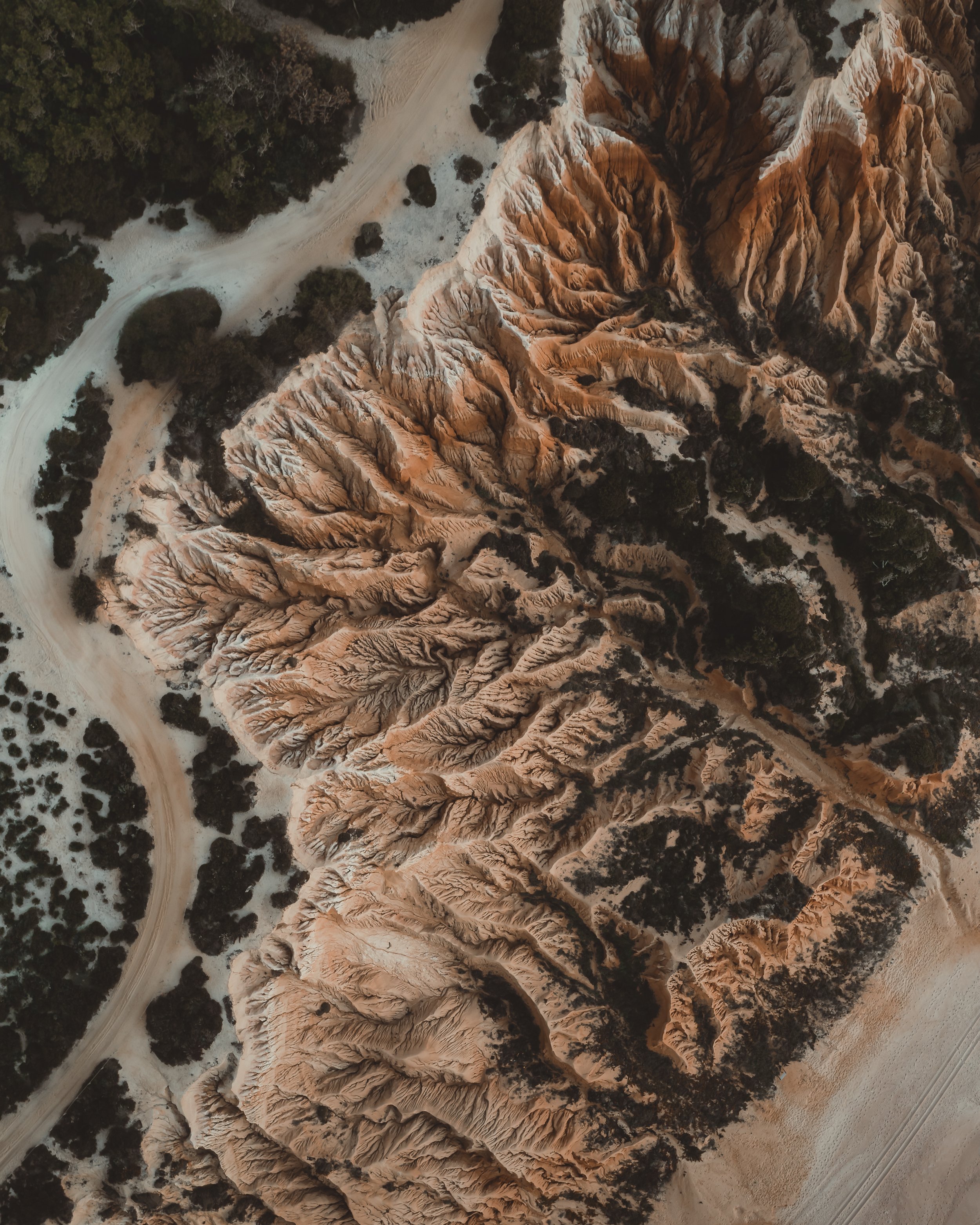Mars

Mars
Carol Barrett
Faced with earth’s annihilation, how will we fare?
A friend plants six varieties of lettuce. Another
loads up on powdered milk. A cousin stacks cans
of corned beef. He would last longer than most:
if there’s a fish left in the stream, he’ll snag it
with a hand-tied mayfly. Some insist on leaving,
consider Mars for a distant future. Italian
astronomer Schiaperilli identified 100 “canali”
on the planet. Humans must have built them
to irrigate crops. How we love to make other
worlds our own. We could colonize Mars. Is that
so different from the “New World,” our mission
in Africa? But Martian canals are illusion,
merely our tendency to connect dark smudges
with a straight line. Even the straight arrow
flies in an arc. The winding curve, better symbol
of survival: wispy tendrils of yellow squash crooking
their necks to the sun, curved beak with the worm,
rounded contours of cones rolling along to drop
their store of seeds, ripples spun by a dragonfly
in shallows. Curves are elemental in life. We want
to believe hand-dug ditches direct water from polar
caps to sentient life on Mars. Makes a good story.
But escaping a wasted planet takes more science
than fiction. We need to bend an arm around
a stranger, or three, eyedrop-feed baby bats,
bottle-nurse kid goats, rescue salamanders
from roadways, ride bicycles to work. Already
children sway with music of the spheres in a tongue
not our own, winding toward the dimming light.
Carol Barrett
Poet & Teacher
Carol teaches at Union Institute & University; her next book is Reading Wind by The Poetry Box
Photography by Rob Ash